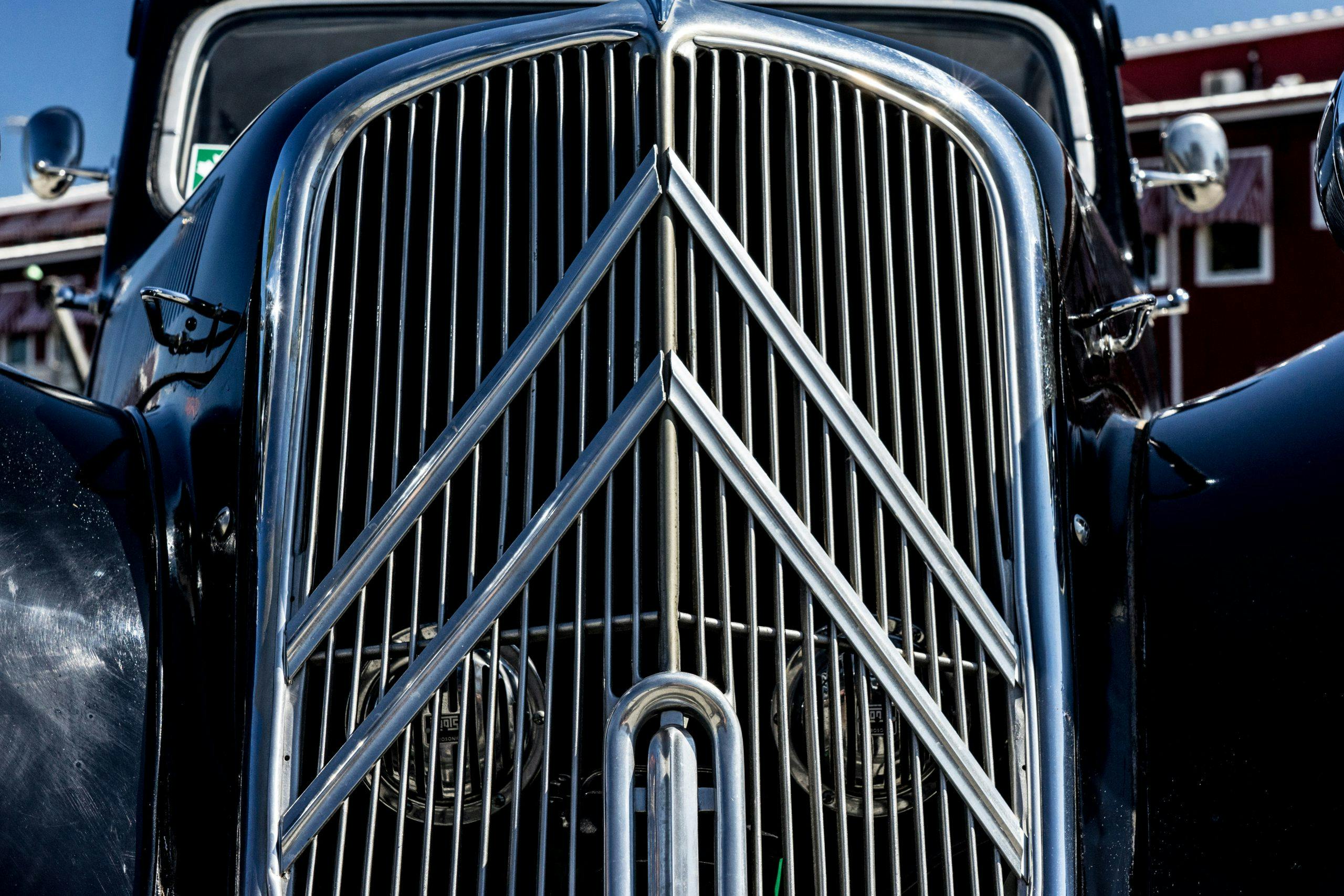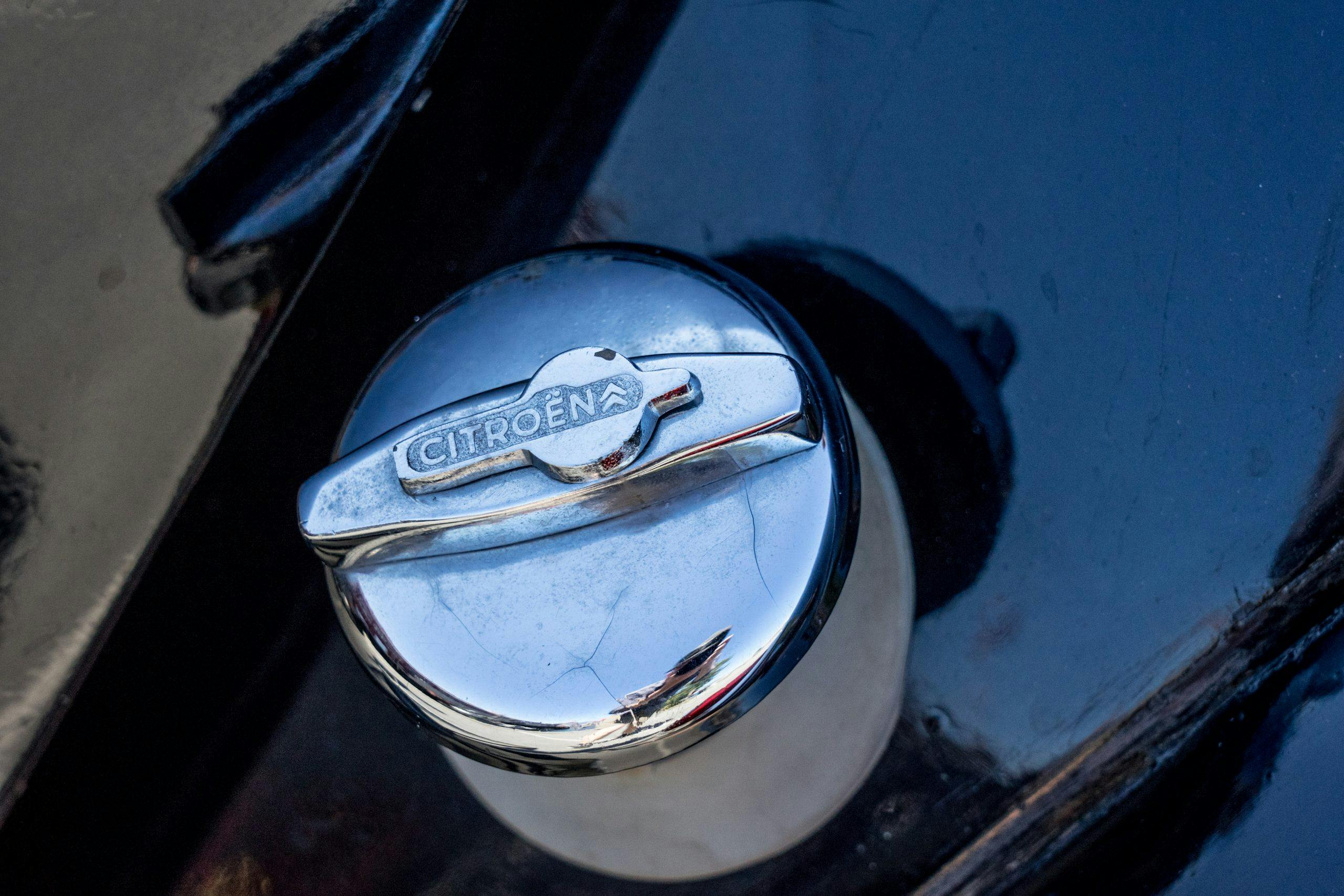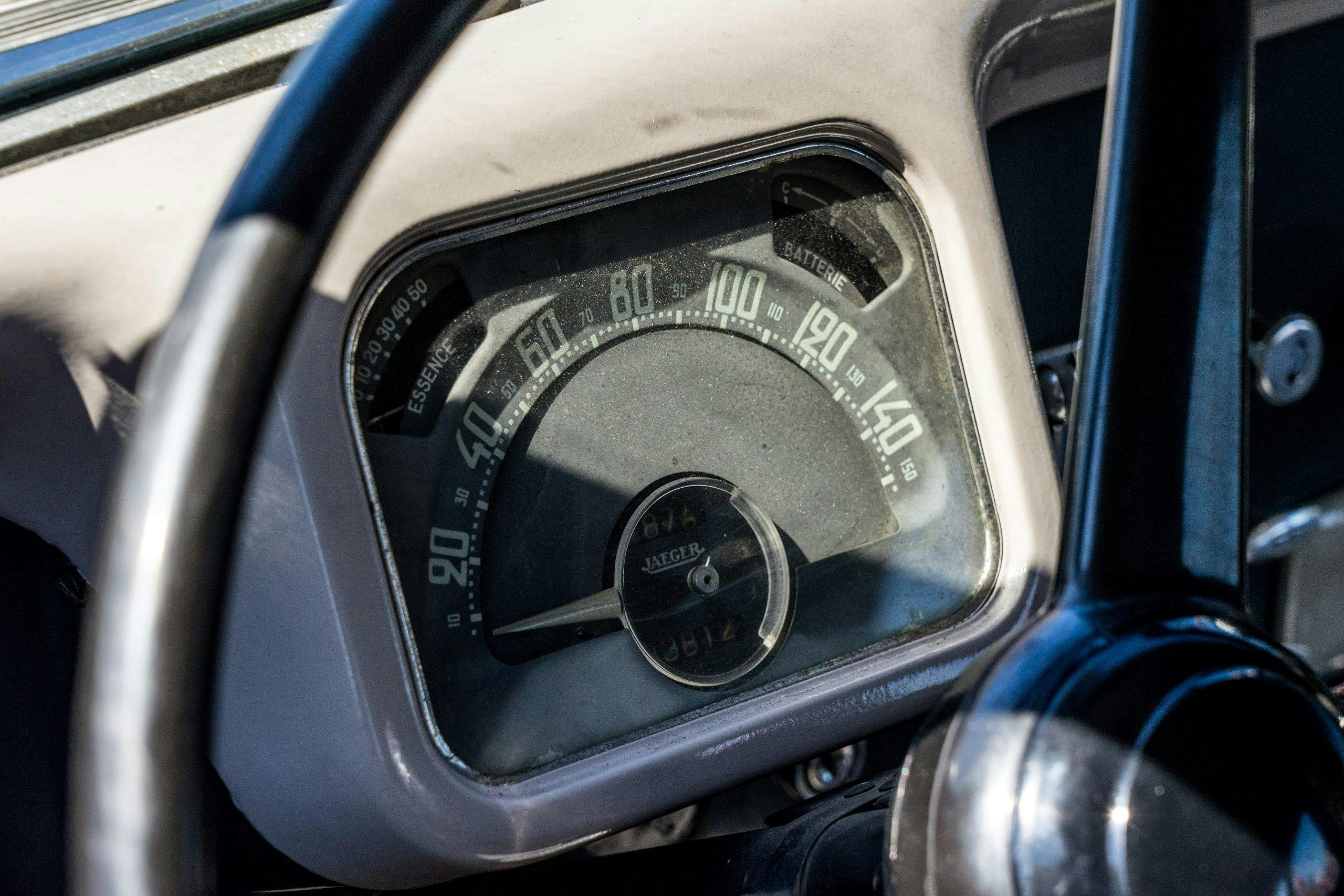Postwar France’s Gang des Tractions Avant was brazen, criminal, and stylish

On February 7th, 1946, guards aboard a Crédit Lyonnais van were shocked to see two low-slung, black Citroëns screech to a halt in front of them. The cars disgorged their occupants, and in broad daylight, on Paris’s Avenue Parmentier, grim-faced men leveled Sten submachine guns and demanded cash. This was the first of a number of daring and violent raids that would see the criminals getting away with some 80 million francs, almost $8 million in today’s money. They planned, struck, and got away, eluding police in the cars from which they took their name: Le Gang des Tractions Avants.
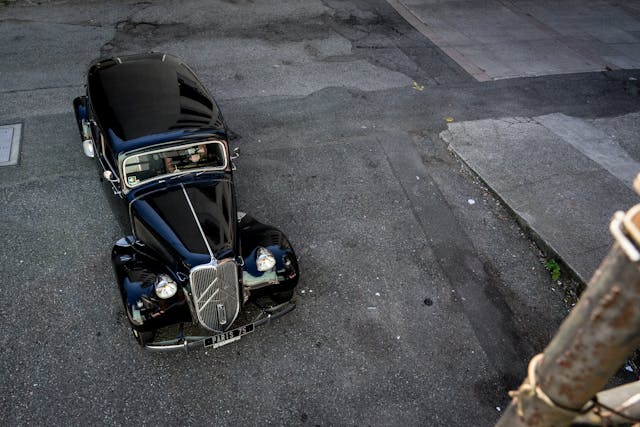
In France’s immediate postwar period, the Citroën Traction Avant was both a symbol of horror and hope. If you were a member of the French Resistance, or even just a French citizen living on edge during the Nazi occupation, seeing a black Traction Avant nosing down your street at night was cause for fear. During the German occupation of France, the Gestapo commandeered dozens of the cars; people regularly disappeared into the back of Tractions at night, never to be seen again.
Then came the Allied invasion. Recaptured Tractions were painted with the symbols of the Free French Army, and the Citroëns carried resistance fighters in pursuit of the enemy. Yet as victory came and the echoes of war faded, Europeans found themselves rebuilding alongside a rising tide of crime.
In the late 1940s and into the 1950s, Paris was as dangerous as Chicago at the height of the Capone years. The city was swimming in firearms, and there was no end of desperate men, some ex-collaborators or resistance fighters, all of them dangerous. One of these men was Pierre Loutrel, better-known as Pierrot le Fou—Peter the Crazy.
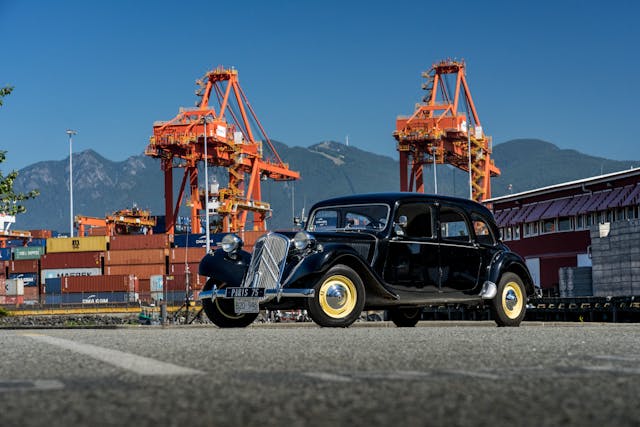
Born in 1916, Loutrel he joined a merchant ship at sixteen. He was introduced to the underworld in the ports he visited. He began a life of petty crime, was arrested for theft, and was sent to serve in the Bataillons d’Infanterie Légère d’Afrique, a penal battalion in North Africa. There, he met other thugs and criminals serving out their sentences. On return to Paris, Loutrel began stealing again, and when the war began, he joined a notorious Nazi collaborator. The men were collectively known as the Carlingue, or French Gestapo, aiding German occupiers in rooting out Allied agents, while simultaneously running the black market, stealing anything they could. Loutrel, frequently drunk, is known to have assassinated several people, both for Gestapo masters and his own ends.
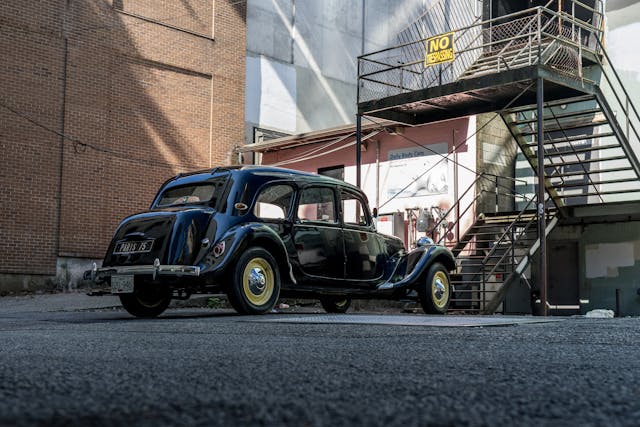
When the war began to turn, Loutrel suddenly and conveniently declared himself a patriot. He promptly shot and killed a German officer at a outdoor cafe, and went about extorting former collaborators. But there was never enough money. Then, in one day, he ran into one of his old compatriots from the North African penal battalion. The result was Goodfellas, except in French—and indeed there have been a few French movies made about the Traction gang. Loutrel’s friend in crime, Jo Attia, was a resistance fighter who had survived a wartime stint in a German concentration camp. The pair were joined by a tattooed thug named Henri Fefeu, and another man, Abel Danos, whose nickname was “The Mammoth.” The group was a rogue’s gallery of hardened ex-resistance men, turncoat collaborators, and murderers. Loutrel’s big idea was to use a secret weapon with which he was already familiar.

The Citroën Traction Avant was revolutionary—the first production car to popularize front-wheel drive, a monocoque chassis, and four-wheel independent suspension. Mass-produced from 1934 until 1957, it was so forward-looking as to look relatively fresh even at the of its production run. Thanks in part to the car’s low-slung front-wheel-drive layout—the name loosely translates as “forward-pulled”—the Traction Avant still looks low today. The Citroën was a stunning machine in its day, and it captured the public’s attention for years. The body was styled by Flamino Bertoni, an Italian trained as a sculptor, who would also go on to shape the marque’s cheery 2CV and voluptuous DS. Writer/illustrator Hergé, creator of the incredibly popular Tintin series, would pitch his boy detective against a pair of trenchcoat-clad bad guys in a black Traction Avant in The Calculus Affair (L’Affair Tournesol).
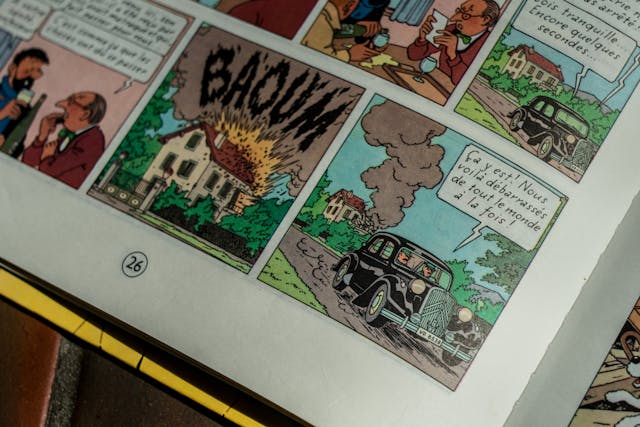
Officially called the 11CV and later the 15CV—the numbers came from the car’s taxable-horsepower rating under French law—the Traction Avant was available with either a dual-carburetor, 56-hp four-cylinder or a 77-hp straight-six. The latter gave the Traction a top speed of roughly 85 mph, but it was the nimble handling of the four-cylinder cars that made them the ultimate getaway vehicles, roomy and fast along winding French roads.
Loutrel and his gang hit vans and tax collectors, cracked safes and robbed post offices. Then they melted away into anonymity, outrunning pursuers. But the success of Le Gang was relatively short-lived. In September of 1946, the French Minister of the Interior declared Loutrel public enemy number one, setting the police in a massive manhunt for the gang’s members. After evading capture several times in shootouts and car chases, Loutrel accidentally shot himself in the abdomen while robbing a jeweler. He died from his wounds, and accomplices hid the body. It would not be discovered for years.

The rest of Le Gang fell apart. Henri Fefeu was captured and died of tuberculosis in a French prison in 1953. “The Mammoth” Danos was captured after a shootout that killed another gang member. He was executed by firing squad. Jo Attia was a notable exception. As a resistance fighter and concentration-camp survivor, Attia had made friends who found their way to high places. He was arrested in 1947 and placed in prison, but released in 1953. He went on to have nebulous associations with the French counter-espionage services, allegedly performing underworld services including kidnappings and assassinations. Curiously, though he was arrested time and again, charges were continually dropped.
Attia died of cancer in 1972. In his obituary, The New York Times said, “Jo Attia, last of the old-style gangsters of the French underworld, was buried quietly here this week after a ceremony at the little Right-Bank church of St. John the Baptist. Among those attending were both gangsters and policemen. He had friends in both camps.”
A precedent had been set. English robbers drove Jaguar Mk. 1 sedans. American mafioso rolled up for their protection money in long black Cadillacs. The Japanese Yakuza favored Toyota Crowns and Centuries. But for years after Loutrel and his gang, the car to have for any self-respecting French underworld villain would be a Citroën Traction Avant.
